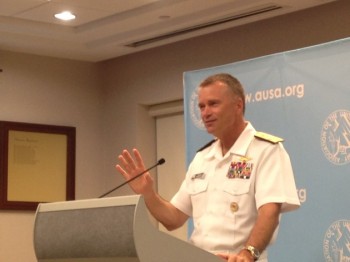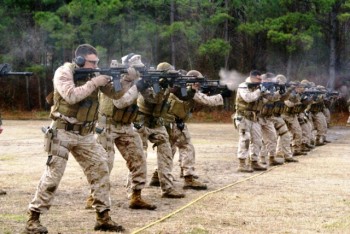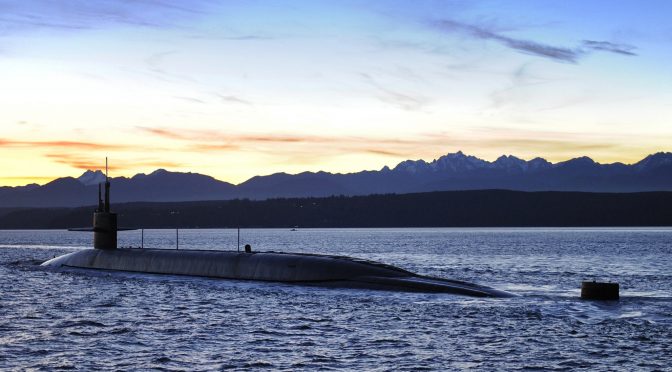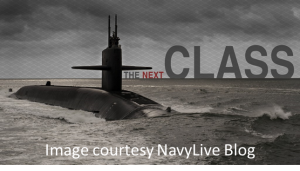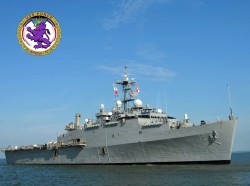This article is part of our “Sacred Cows Week.”

Cost of the all-volunteer force in its current form is unsustainable. In the FY 2013 budget, the DoD cost of “taking care of people” consumes more than $250 billion or over 50 percent of the total DoD budget. An additional $200 billion is spent by organizations outside of DoD for programs within the Departments of Veterans Affairs, Labor, Education, and Treasury. [1]
In its July 2012 Study: Rebalancing Military Compensation: An Evidence-Based Approach , the Center for Strategic and Budgetary Assessment concluded: “Over the past decade, the cost per person in the active-duty force increased by 46 percent, excluding war funding and adjusting for inflation. If personnel costs continue growing at that rate and the overall defense budget remains flat with inflation, military personnel costs will consume the entire defense budget by 2039.[2]
Modifications to the pay and benefits will have to be made; however, the all-volunteer force is not going away. Military Pay and Benefits and will remain a major factor in cost to the Federal Government and the Department of Defense, increasingly impacting resources available for force structure and weapon systems modernization. The Reserve Policy Review Board (footnote 1 below) reported that in FY 13, the fully burdened total cost to the US government for an active component military person is $384,622 per year. The total life cycle cost to the US government for an active component member is $10.3 million.
The 2013 DoD Strategic Choices and Management Review (SCMR) review developed compensation savings options such as: changing military health care for retirement; changing how the basic allowance for housing is calculated; reducing the overseas cost-of-living adjustments; and, limiting military and civilian pay increases. The SecDef did not recommend specific SCMR compensation changes but tasked the Chairman JCS to lead the development of compensation proposals that save almost $50 billion over the next decade. Implementation would begin in the FY 2015 budget. The SCMR identified more sweeping changes to meet sequester funding level targets to include eliminating civilian pensions for retired military personnel serving in civilian government service; ending subsidies for defense commissaries; and, restricting the availability of unemployment benefits. These changes would save almost $100 billion over the next decade, but they would significantly impact the DoD workforce.
In addition to the aforementioned changes in DoD military and civilian pay and benefits being considered, two changes in DoD acquisition policy may offer savings to offset at least some of the more painful pay and benefit changes.
First, savings could be realized if the DoD acquisition process required the services to reflect the total cost to the federal government of manpower in their computations of total life cycle costs for alternative weapons system designs such as Navy combatants. As an example, a DDG-1000 is to have a size crew of 142 sailors compared to approximately 300 on a DDG 51. This DDG crew size reduction of 158 military personnel translates to approximately $1.6 billion life cycle cost avoidance per ship in military pay and benefits to the US government, and the Navy.
Second, savings could be realized by severely reducing the detailed requirements in the fifty-eight page Chairman JCS Instruction CJCSI 6212.01F, subject: Net Ready Key Performance Parameter.[3] These requirements levied on all Defense acquisition programs add significant cost to each program; add workload for service, OSD and Joint Staff review; and, require contractors to support the OSD and Joint Staff processes. Interoperability among service and agency systems is essential for effective military operations. That said, the requirements in CJCSI 6212.01 are overwhelming in detail, adding significant cost but resulting in limited improvements in interoperability. Interoperability can be achieved at dramatically lower cost to the department.
Richard Mosier is a former Naval aviator (VQ/VP). He served as a career civil servant working for the Director of Naval Intelligence in the 1970s and the Office of the Secretary of Defense staff (OASD(C3I)), retiring from the government in 1997 as an SES. From 1997 to 2010 worked as an engineer for a defense contractor.
[1] Reserve Forces Policy Board, Final Report to the Secretary of Defense, Subject: Eliminating Major Gaps in DoD Data on the Fully-Burdened and Life-Cycle Cost of Military Personnel: Cost Elements Should be Mandated by Policy, (RFPB Report FY13-02) dated January 7, 2013.
http://ra.defense.gov/rfpb/_documents/RFPB_Cost_Methodology_Final_Report_7Jan13.pdf
[2] Center for Strategic and Budgetary Assessments, Rebalancing Military Compensation: An Evidence-Based Approach, July 12, 2012, by Todd Harrison

